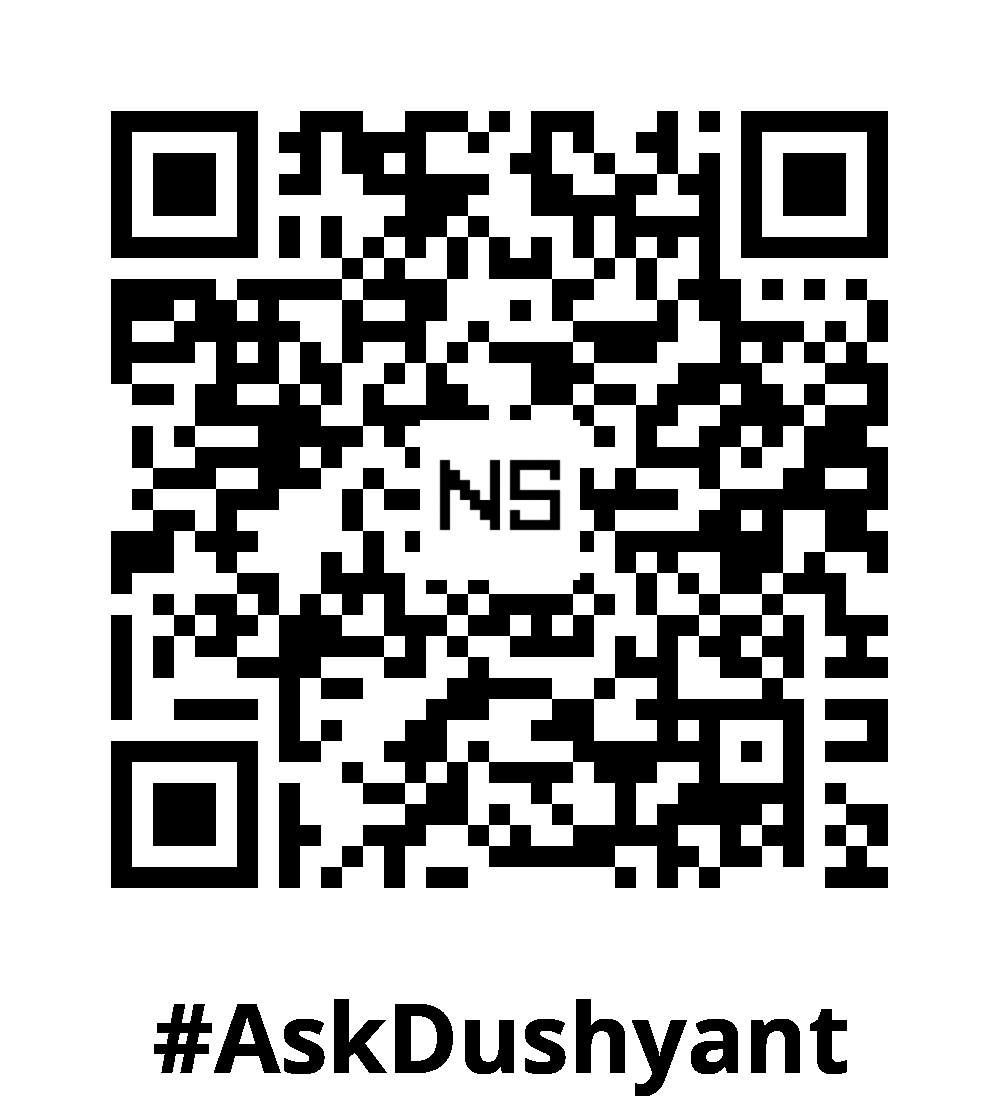Throughout my 18+ years of building tech solutions for TravelTech, EduTech, and HRTech, we’ve integrated with countless applications, including banking and social media, all made possible through the power of “API’s“. Application Programming Interfaces (APIs) play a crucial role in enabling seamless communication between different software applications. APIs empower developers to access data, share functionality, and create integrations without needing to understand the intricate details of each system. Whether you’re developing a web app, mobile app, or an enterprise system, working with APIs is essential for building efficient, scalable, and modern software solutions and this TechConcept is all about it.
Why Are APIs Important?
APIs are the backbone of modern software integration. Here’s why they matter:
- Data Access: APIs allow developers to fetch real-time data from external sources, whether it’s social media feeds, weather updates, or financial data.
- Functionality Sharing: You can integrate external services like Google Maps or payment gateways directly into your application.
- Efficiency: APIs eliminate the need to reinvent the wheel by reusing existing services.
- Interoperability: APIs create seamless connections between diverse systems, promoting collaboration and integration between various platforms.
How to Work with APIs?
Working with APIs involves sending requests to a server and handling responses. Most APIs use HTTP protocols and communicate through JSON or XML formats.
Here’s a simplified process for integrating APIs:
- Select an API: Choose an API that provides the data or functionality you need.
- Study the Documentation: API documentation guides you on the endpoints, request methods (GET, POST, PUT, DELETE), and parameters you need.
- Authenticate: Many APIs require an API key or OAuth authentication for access.
- Send API Requests: Use an HTTP client to send requests and retrieve data.
- Handle Responses: Parse the response data and use it in your application.
Below are step-by-step tutorials for integrating APIs in Java, PHP, and Python.
1. Making API Requests in Java
Java provides built-in support for making API requests with HttpURLConnection. However, libraries like Unirest or OkHttp make the process easier and more efficient.
Example: Fetching Data from a REST API with Unirest
import kong.unirest.HttpResponse;
import kong.unirest.JsonNode;
import kong.unirest.Unirest;
public class ApiExample {
public static void main(String[] args) {
String apiUrl = "https://api.example.com/data";
HttpResponse<JsonNode> response = Unirest.get(apiUrl)
.header("accept", "application/json")
.asJson();
if (response.getStatus() == 200) {
System.out.println("Response: " + response.getBody().toString());
} else {
System.out.println("Error: " + response.getStatusText());
}
}
}To use Unirest, add the following dependency to your pom.xml (for Maven):
<dependency>
<groupId>com.konghq</groupId>
<artifactId>unirest-java</artifactId>
<version>3.11.09</version>
</dependency>2. Making API Requests in PHP
PHP offers built-in support for making API requests using cURL, a versatile tool that allows you to send HTTP requests.
Example: Fetching Data from a REST API with cURL
<?php
$apiUrl = "https://api.example.com/data";
$curl = curl_init($apiUrl);
curl_setopt($curl, CURLOPT_RETURNTRANSFER, true);
$response = curl_exec($curl);
if ($response === false) {
echo "cURL Error: " . curl_error($curl);
} else {
$data = json_decode($response, true);
print_r($data);
}
curl_close($curl);
?>This PHP snippet makes a GET request to a specified API URL, decodes the JSON response, and displays it.
3. Making API Requests in Python
Python simplifies API integration using the popular requests library. It’s a simple yet powerful tool for sending HTTP requests.
Example: Fetching Data from a REST API with Python Requests
import requests
api_url = "https://api.example.com/data"
response = requests.get(api_url)
if response.status_code == 200:
data = response.json()
print("Response:", data)
else:
print("Error:", response.status_code)Before using this code, ensure the requests library is installed:
pip install requestsHandling API Authentication
Many APIs require authentication to ensure secure access. You’ll typically encounter two common methods:
- API Keys: Add the API key to the request header or URL.
- OAuth: Use OAuth for more complex authentication, usually involving tokens.
Here’s how you might add an API key to your request in Python:
headers = {"Authorization": "Bearer YOUR_API_KEY"}
response = requests.get(api_url, headers=headers)Always refer to the specific API documentation for authentication details.
Error Handling and Parsing Responses
When working with APIs, it’s crucial to handle errors gracefully. Here are some common issues you may encounter:
- HTTP Status Codes: Always check the response status. A 200 status means success, but you might encounter errors like 400 (bad request) or 401 (unauthorized).
- Timeouts: APIs may fail to respond due to network issues or server overload, so always handle timeouts.
Here’s a simple example of error handling in Python:
if response.status_code == 200:
data = response.json()
# Process data
else:
print(f"Error: {response.status_code}")Mastering API is need of the hour for all developer’s who are working to develop modern day software application. By connecting your application to external services, you can enrich its functionality, enhance user experience, and create more dynamic solutions. Whether you’re building a small app or an enterprise-level solution, APIs unlock a world of possibilities.
#AskDushyant
#TechConcept #Coding #ProgrammingLanguage #Python #java #PHP


Leave a Reply